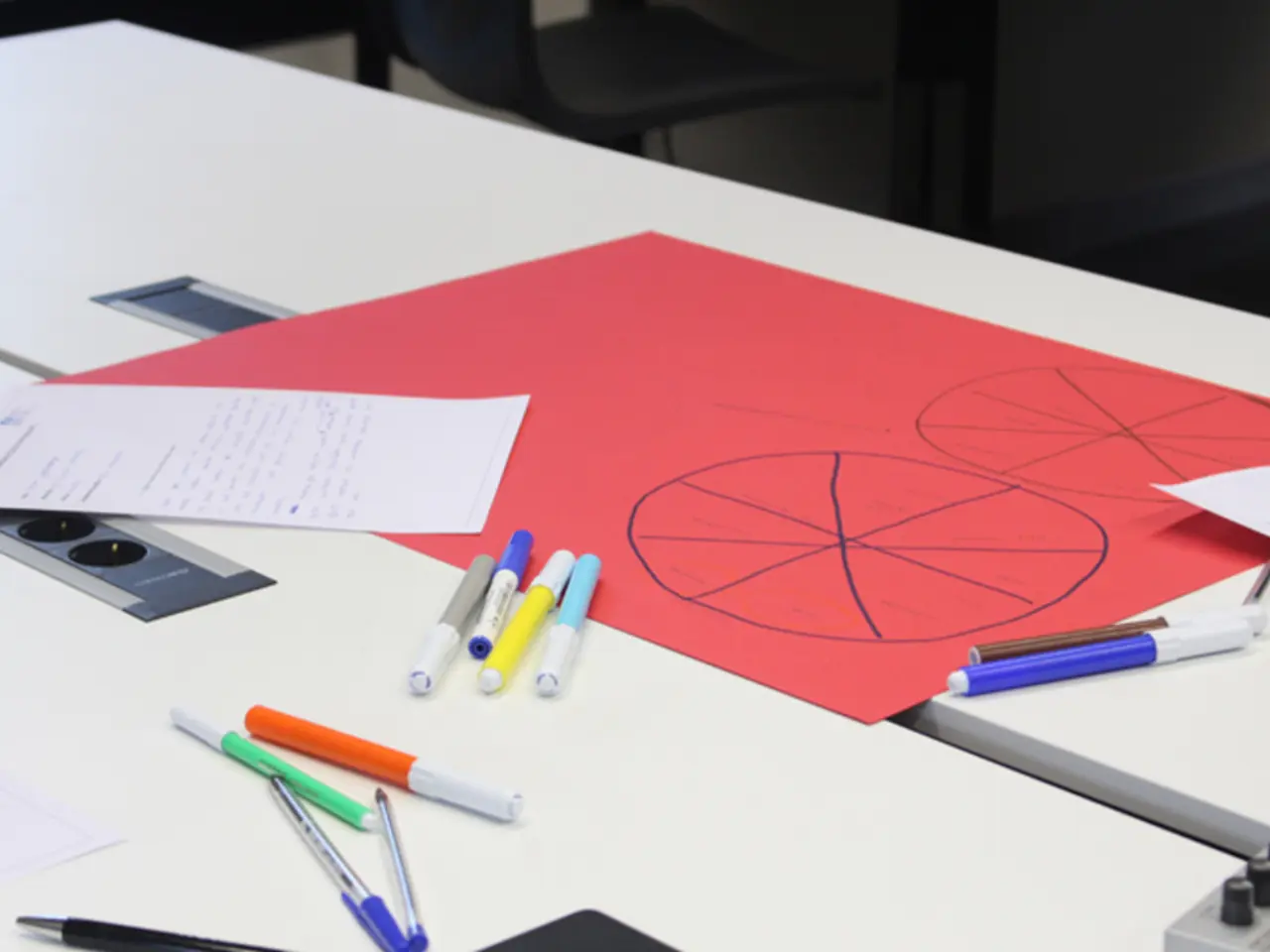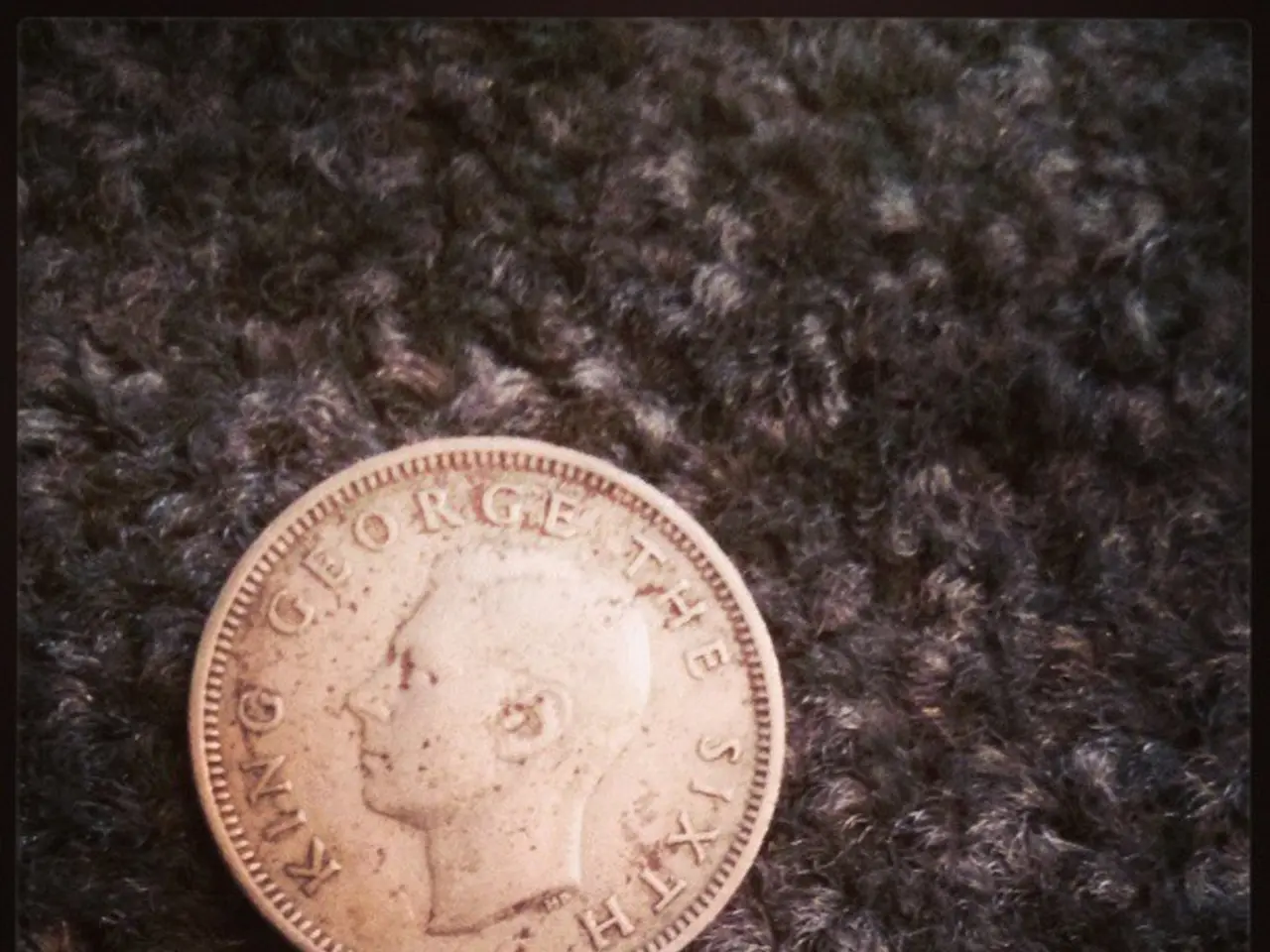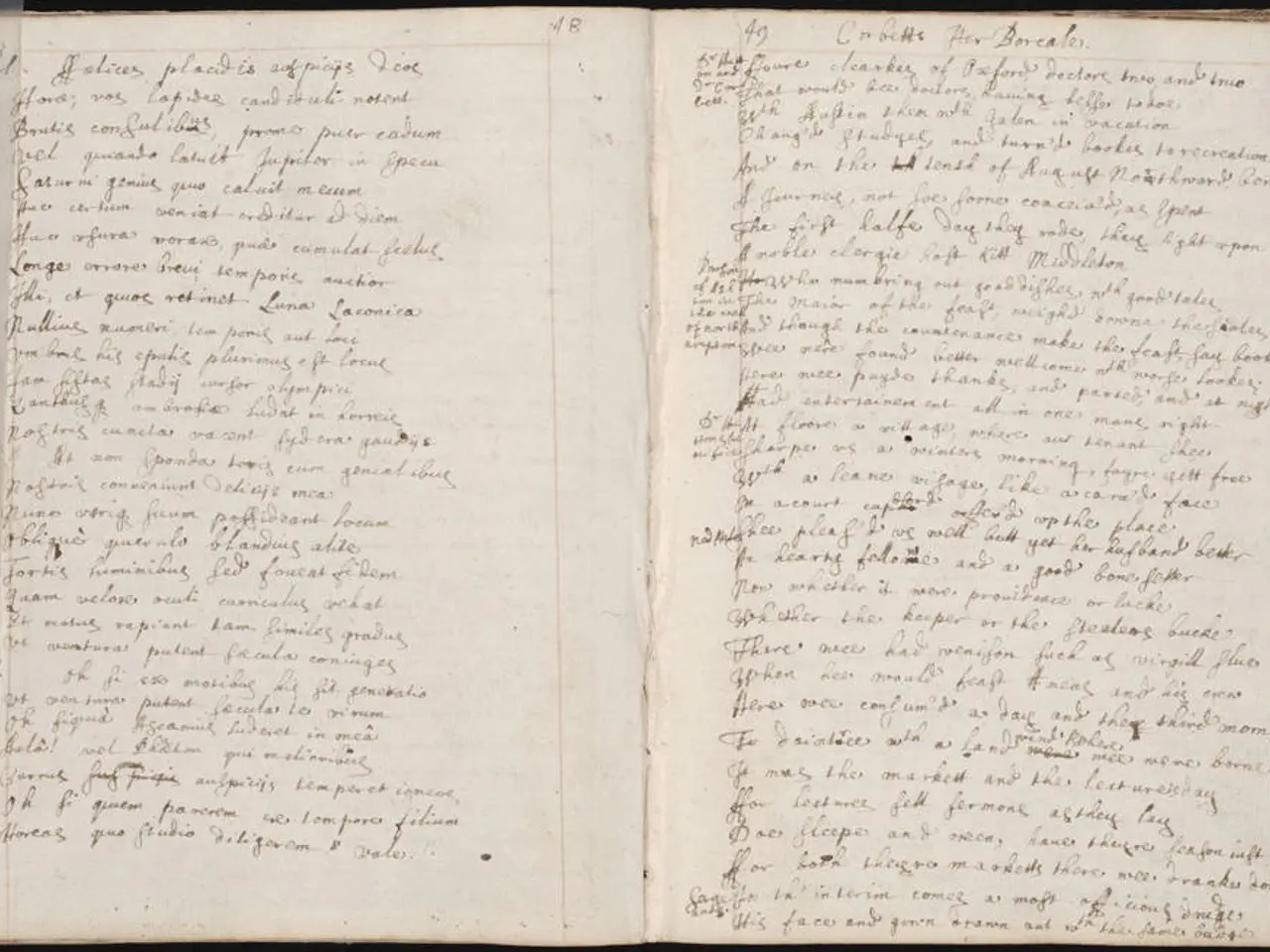Methods for Practice of Piano Scales
Piano scales are an essential part of any pianist's repertoire, serving as a foundation for technical skill and musicality. One approach to mastering piano scales involves the use of repetition, visualization, and kinaesthetic grouping.
Repetition with Mindful Focus
Consistent repetition is key to developing a strong piano scale technique. By repeating scales slowly and accurately, focusing on finger combinations and thumb crossings, you can reinforce muscle memory and musicality. Adding dynamics such as crescendos and diminuendos can further enhance your performance, making your practice sessions more engaging and musically expressive.
Visualization
Mental visualization is another powerful tool in scale practice. By imagining the finger movements and key patterns before and during practice, you can enhance your brain’s mapping of the fingerings and identify tricky points such as thumb-under movements or finger crossings. This mental practice can significantly improve your performance, making it smoother and more fluid.
Kinaesthetic Grouping
Kinaesthetic grouping involves breaking the scale fingering into manageable groups or segments based on physical finger patterns or hand movements. By focusing on the tactile movement—how fingers shift, the wrist’s position, and hand rotation—you can develop muscle memory and improve your coordination. For example, isolating thumb-under transitions or the set of fingers used before crossing the thumb can help build coordination gradually.
Additional Tips
- Using contrary and parallel motion (one hand ascending while the other descends) can deepen coordination and kinaesthetic sense.
- Using a metronome can help maintain a steady tempo and prevent rushing, which can cement bad habits.
- Incorporating rhythmic and dynamic variations during repeated scale playing can engage different technical and musical skills.
By combining these methods—repetitive slow practice, mental visualization, and breaking fingering into kinaesthetic groups—you can build a reliable and fluid piano scale technique efficiently and musically.
For further rhythmic study, check out the article "How to play major Scales". Additionally, playing groups of notes as chords is a part of this technique. Scales can also be played with a jolted, swung, or syncopated rhythm for added musicality.
[1] [Link to article] [3] [Link to article]
- As a beginner pianist, focusing on finger combinations and thumb crossings while repeating piano scales slowly and accurately can help build a strong technique and enhance musicality.
- To make practice sessions more engaging and musically expressive, a pianist can incorporate dynamics such as crescendos and diminuendos into their repetition of piano scales.
- To improve coordination, a pianist can break the scale fingering into manageable groups based on physical finger patterns or hand movements, focusing on the tactile movement of fingers, wrist position, and hand rotation.





